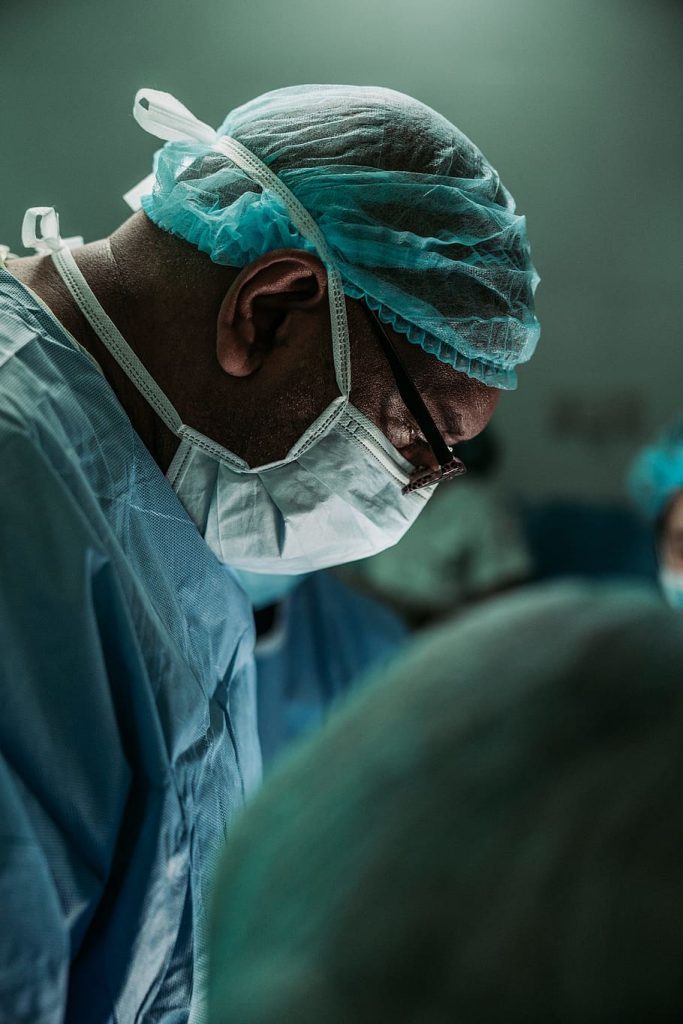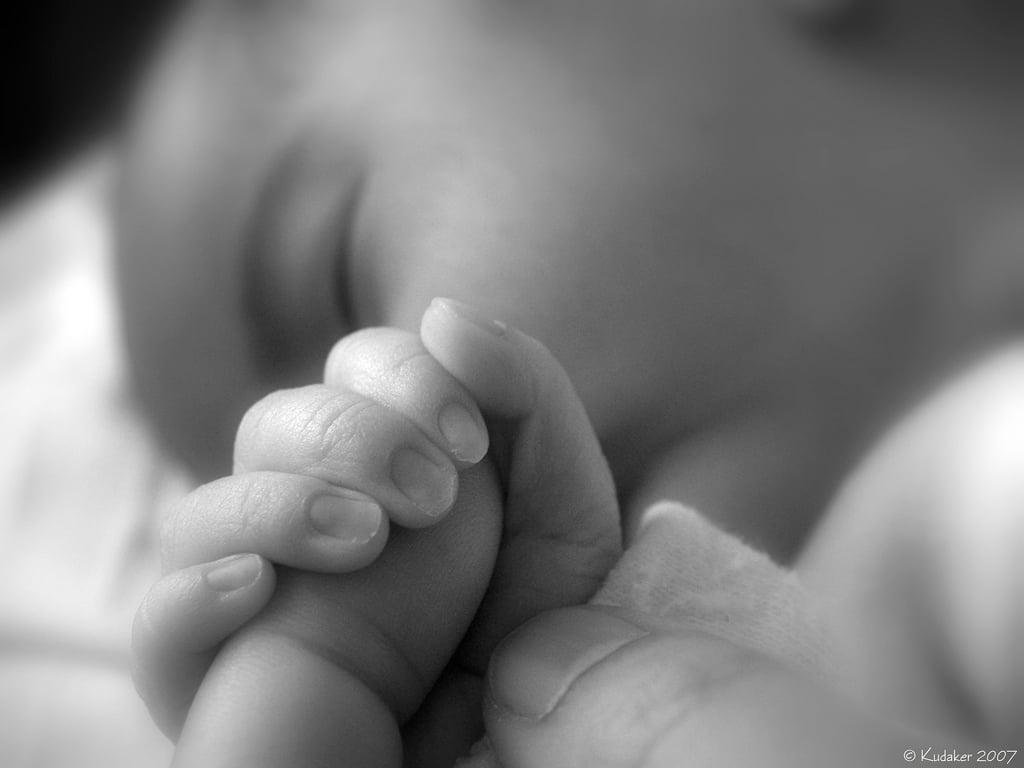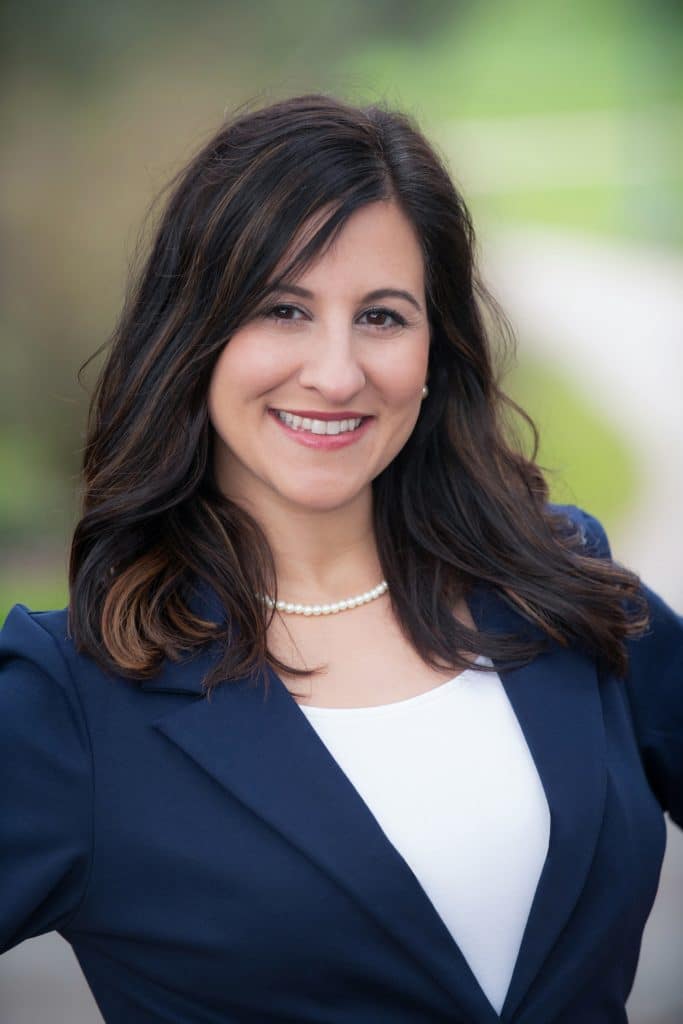June Medical Services v. Russo: A Perspective from Louisiana

Thomas Glessner in Breitbart: “Chief Justice John Roberts Joins Liberals in Striking Down Abortion Safety Law”
June 29, 2020
NIFLA Applauds SCOTUS for Upholding Conscience Protections for Little Sisters of the Poor and Other Religious Objectors
July 8, 2020It was supposed to be a slam dunk. The bill was written by a woman, sponsored by a woman and passed overwhelmingly by both parties in the Louisiana House and Senate. This law was both pro-life and pro-woman, making it a sought-after common ground. Yet, here we are in the shadows of this disappointing decision from the Supreme Court of the United States.
House Bill 388, now known as the Unsafe Abortion Protection Act, was originally brought before the Louisiana State Legislature in 2014. The bill was brought to the state because Senator Katrina Jackson heard of women that suffered complications at Louisiana abortion clinics in her state. These women had to go to the emergency room due to hemorrhages, uterus punctures, torn cervixes, infections and incomplete abortions. The doctors of patients during these difficult complications shared that continuity of care is important to patient health and safety. Senator Jackson also realized that abortion facilities had a loophole to a regulation that applies to all other outpatient surgery centers. As a result, the abortion facilities were offering substandard care. Something had to be done to protect women.
“Louisiana abortion providers have an alarming and dangerous record of substandard healthcare.”
There are three abortion facilities in Louisiana, all of which have a long history of frequent health violations that continue to occur. Earlier this year, one abortion facility failed to have IV fluids on-site to address a complication. The young woman was rushed to a hospital and, unfortunately, had to have a full hysterectomy.

I hoped the Gosnell case would bring to light the reality that many abortion facilities provide inadequate care. I personally saw the long lists of violations year after year at each of the abortion facilities. As a former pregnancy center director, I heard stories from women about how they were treated and the harmful care at abortion facilities. In fact, one woman testified that while she was hemorrhaging from a serious complication from her abortion, she was told to “get up and get out.”
Continuity of care is essential for patient safety. Instead of taking care of his patient, the doctor left her to find the emergency care she needed on her own. Usually, the doctors performing the outpatient procedures know what went wrong, when it happened and other important factors. Doctors should be responsible for their patients.
Medical doctors testified in 2014 sharing their actual experience in caring for women with abortion complications. These doctors explained the importance of continuity of care because time is of the essence. Without knowing exactly what happened during the abortion to cause these complications, ER doctors are placed in a challenging situation.
The Louisiana Unsafe Abortion Protection Act simply closed a loophole.
In Louisiana, all outpatient surgeons are required to have emergency room admitting privileges. It makes sense that doctors would be required to care for their patients throughout the entire process. However, a giant loophole exists exclusively for abortionists: abortion facilities are not required to have the same admitting privileges required of all other outpatient surgery doctors. This exception means that women seeking abortions receive inferior care without continuity of care.
Why does the abortion industry think it doesn’t have to play by the rules? One must question an industry that is against a safety measure for the very people they claim to represent and serve.
The question around third-party standing remains unanswered.

The abortion facilities claimed to represent women in this case. As mentioned in NIFLA’s recent Washington Examiner op-ed on this case, the “standing” issue involved was of the utmost importance. Since the 1973 decision Roe v. Wade, there have been numerous cases regarding abortion across the nation. In most of them, the plaintiff is an abortion facility, an entity that has a financial incentive to produce more abortions. When laws are enacted to protect women from the industry, that industry should not be able to claim to represent the women. This is like the fox guarding the proverbial henhouse, which is a major conflict of interest. States should be able to protect their citizens without the abortion industry attacking every law meant to protect women.
What happens next?
Now that the Supreme Court has issued its disappointing verdict in June Medical Services v. Russo, the question remains: when will states begin closing the loopholes available exclusively to abortion providers and instead, protect women? As I said in a NIFLA media statement on this issue,
“We are disappointed that SCOTUS continues to protect the practices of abortion providers at the expense of women’s well-being. Louisiana abortion providers have an alarming and dangerous record of substandard healthcare—including botched abortions and failure to satisfy basic sanitary requirements. Unfortunately, this ruling will allow the abortion industry to continue to put profits before patients.”
The Supreme Court chose to strike down a common-sense law intended to protect the well-being of women.

This original article was written by Angie Thomas. Angie serves as a staff attorney for National Institute of Family and Life Advocates. She is also the associate director for Louisiana Right to Life, specializing in the development, legislative advocacy and education of life issues. Prior to these positions, Angie served as CEO of the Woman’s New Life Clinic, a professional counseling and medical clinic offering life-affirming services for women in unplanned pregnancies, port-abortive men and women, and women’s health.





